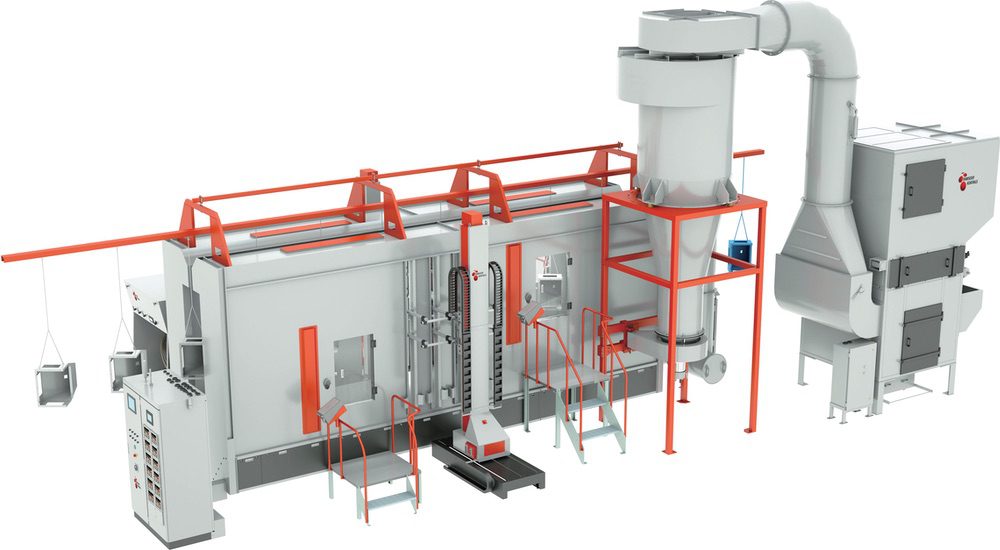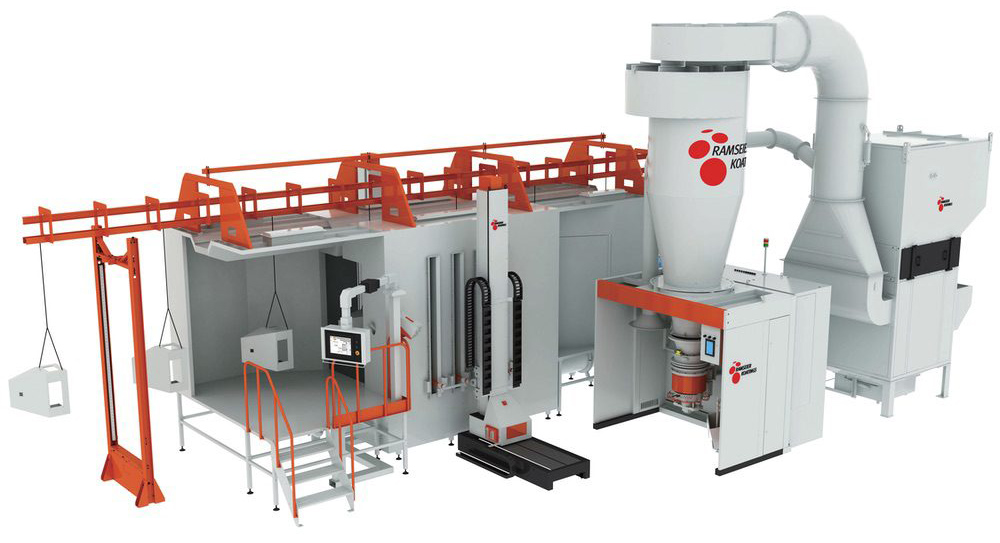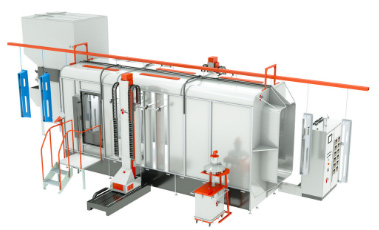
+852 2363 2511
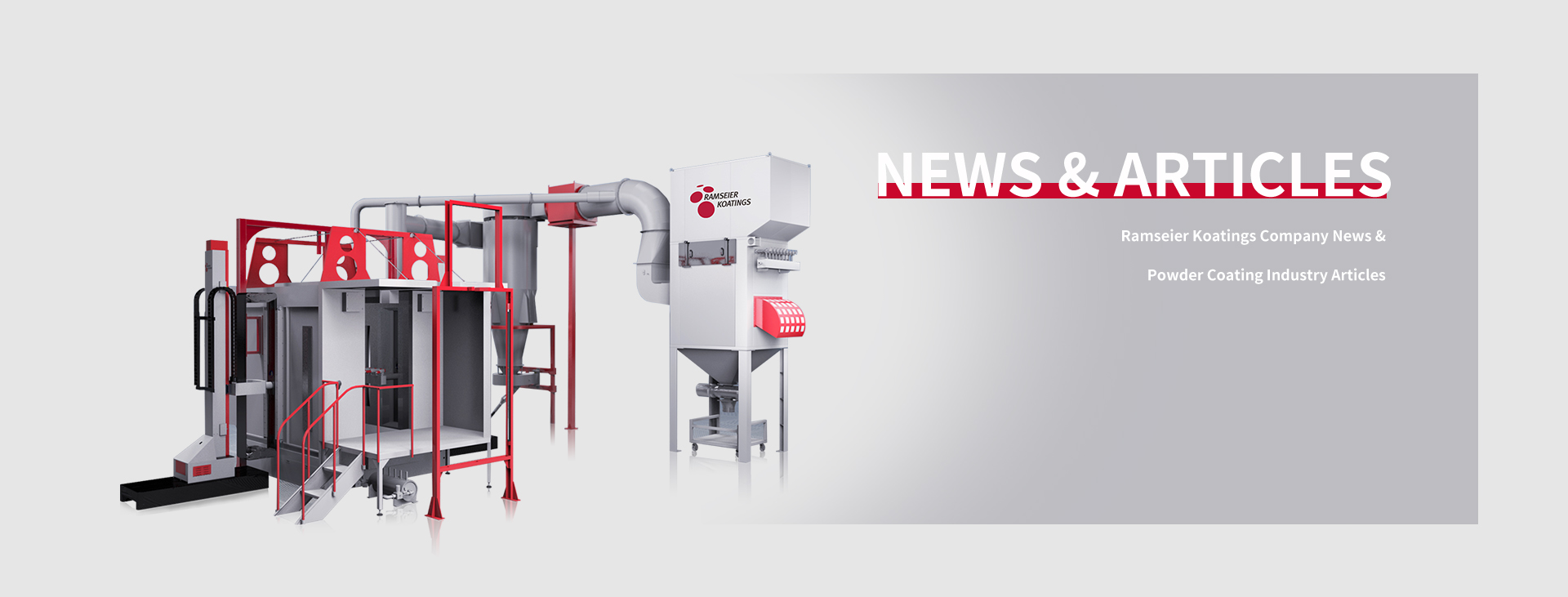







So, all hands-on deck, we are navigating the world of powder coating. The star if the scenes, powder coating, is continuously making a name as a transformative painting technique. Right now, varieties of industries are adapting towards it. But when you think about a fresh, sleek, cost-effective, eco-friendly and durable coat, you can’t expect the least. Powder coating is getting rid of those messy brushes or uneven finishes; this method involves applying a fine powder onto various surfaces and then heating it to create a robust, visually appealing shield. So, where is powder coating thriving? See below.
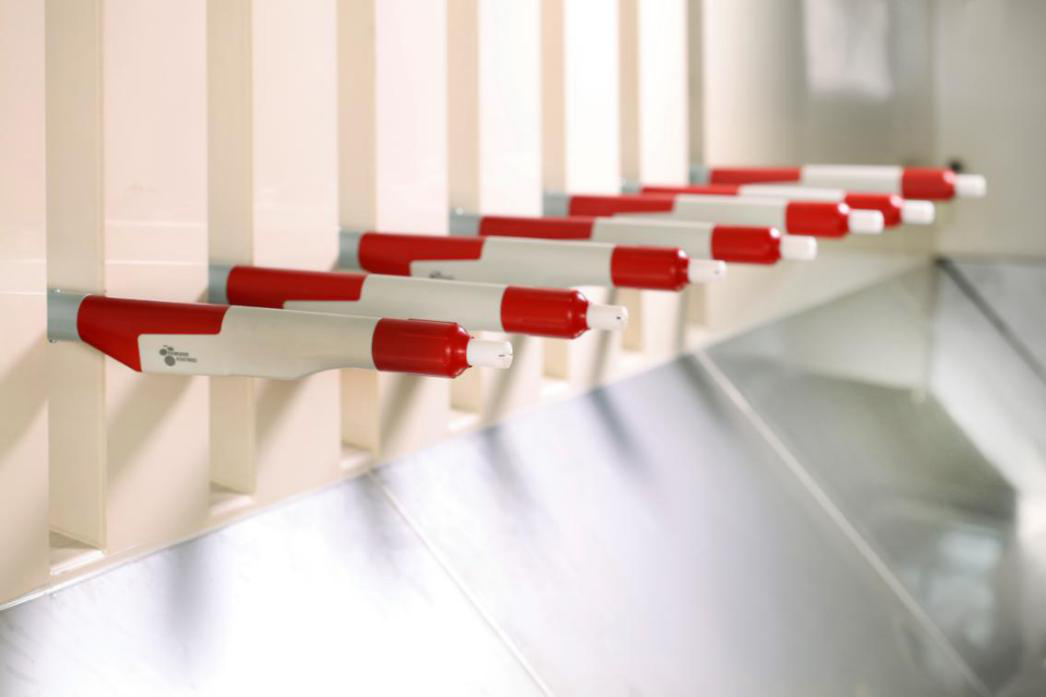
Automobiles developments remain fast paced. Even so, appearances matter just as much as what's under the hood. In regards, the automotive companies have embraced powder coating with open arms. It’s the new approach towards achieving the sleek, durable finishes on vehicles. And these finishes can still withstand UV rays and harsh weather conditions. That just translates to easy maintenance.
Construction companies are now aiming to cut costs and enhance efficiency. It’s a dream come true, thanks to the powder coating. It's more than a solution that can be applied to steel structures without causing damage. It acts as a protective shield against corrosion, rust, and other types of weather-induced wear and tear. It doesn’t matter if it’s the steel beams, columns, or handrails, powder coating perfectly adds both aesthetics and longevity to construction projects.
Powder coating safeguards critical components from elements of the sky. Aircraft wings, fuselage parts, and landing gear door assemblies are often exposed to corrosive environments, like salt spray and dust, during fights. Fortunately, powder coating prevents corrosion, ensuring these vital parts stay in prime condition. Without this protective coat, untreated surfaces would be prone to rust, potentially jeopardizing the safety of air travel.
Powder coating in healthcare is considered a crucial measure for the protection of medical devices, instruments and surgical equipment. Primarily aimed at maintaining optimal functionality and sterility rather than just being decorative. Delicate instruments like pacemakers, insulin pumps and hearing aids among others that are commonly integrated with polycarbonate plastic need to be coated heavily in order to protect them from normal wear and tear as well as moisture exposure. Remarkably, this is where selection of polyester resin, which is known for its exceptional chemical resistance comes in.
In the packaging industry, powder coating acts as a silent bodyguard ensuring safe passage of vital goods ranging from foodstuffs to drugs. Imagine it wrapping your valuables into suits of armors. This process has an extra layer of protection against the harsh conditions of a busy supply chain. On top of heavy-duty machines, powder coating can also be used on packaging materials like polystyrene containers or paperboard and cardboard boxes including their counterparts made from polycarbonate.
In the world of electronics, performance and durability are paramount, making powder coating a major player. The process involves depositing fine powder onto metallic surfaces that help protect electronic components. When dealing with aluminum, stainless steel or titanium, powder coating acts as an excellent defense against corrosion, scratches and other types of physical damage. Also, this is not restricted to the outside parts alone; even computer circuit boards benefit from this procedure by being made water proof against dampness. Furthermore, powder coating can be used on computer chips and LCDs enhancing scratch resistance and making them stronger for daily usage.
In the agricultural sector where technology interacts with nature, powder coating plays an important role in the protection of both plastic and metallic elements from adverse environmental conditions. This may be applied on key parts of equipment or main components such as pumps and motors where it will form a protective layer against rust and corrosion. Even heavy-duty machinery such as tractors, lorries and trailers among others is treated with a layer of powder coat to ensure its resistance to environmental factors.
In summary, powder coating is like a superstar in the world of paint. It adds durability and style across industries. While the automotive sector often receives attention, construction and aerospace sectors closely follow suit. Let’s not underestimate the impact of powder coating, in electronics, packaging and agriculture; it silently protects our world while maintaining its beauty and functionality. So, when you come across a car, a sturdy building or a high-flying aircraft remember that beneath their surfaces lies the tireless work of powder coating to keep them safe and stylish. It's not just superficial; it embodies innovation.
